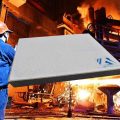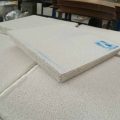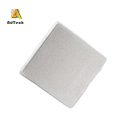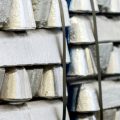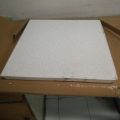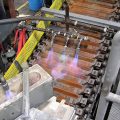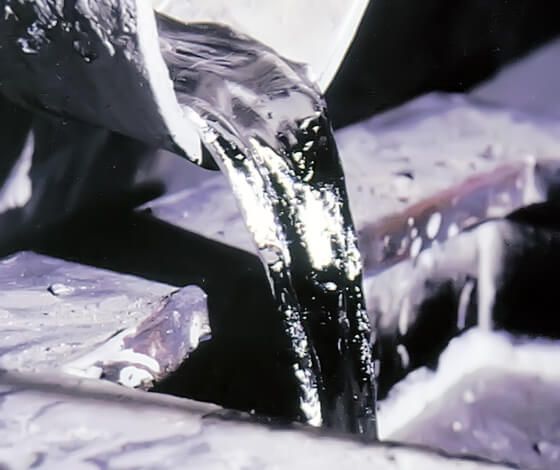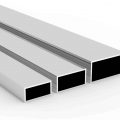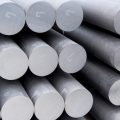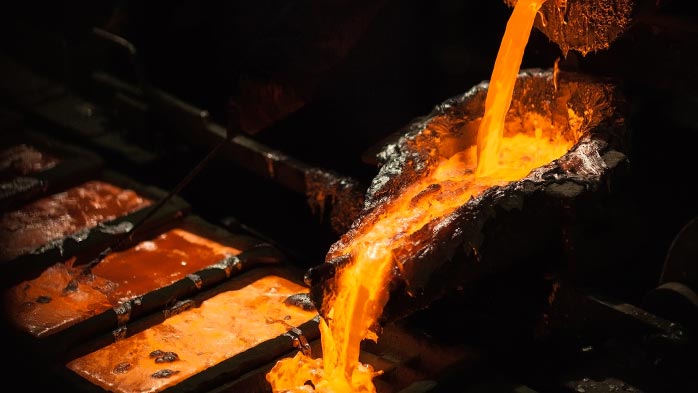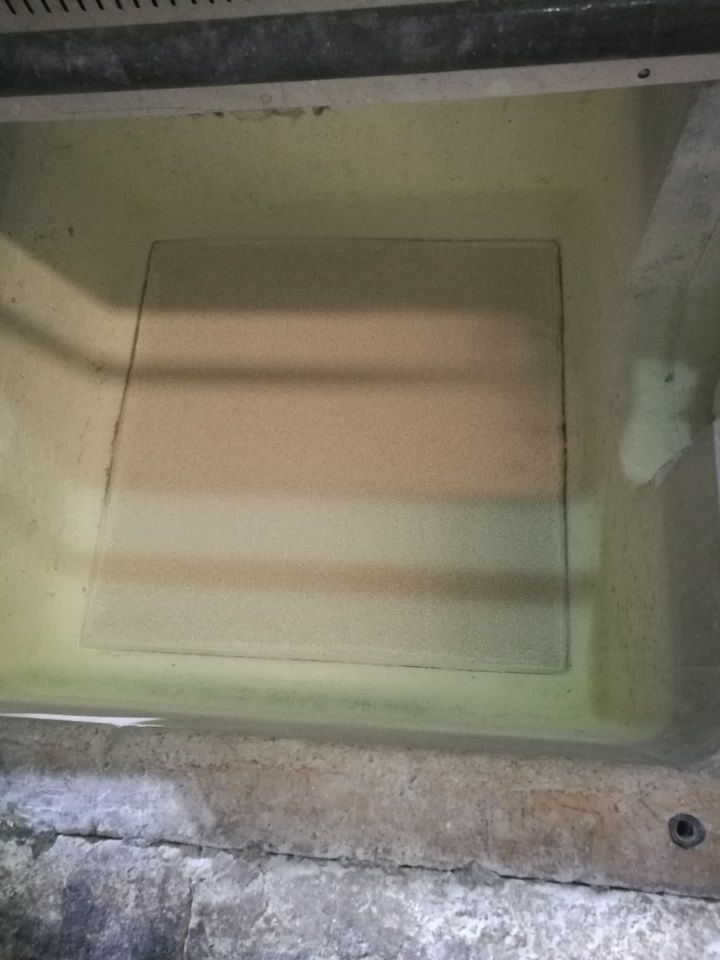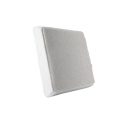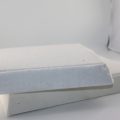1 Introduction
During the extrusion production process of aluminum alloy profiles, inclusions are sometimes found on the surface of aluminum profiles. Slag inclusions in aluminum casting rods related to melting and casting mainly include ceramic slag inclusions in filter plates, talcum powder slag inclusions, and high-temperature material slag inclusions in casting trays. Among these casting slag inclusions, ceramic slag inclusions in filter plates are the most harmful to extrusion. For this reason, this article focuses on analyzing the harm and causes of ceramic slag inclusions in aluminum casting rod filter plates to extruded profiles, combined with the experience of many aluminum profile factories. Based on the actual production situation, the standard use method and recycling treatment suggestions of ceramic foam filters are put forward, which reduces the economic losses caused by the defect of ceramic slag inclusion in the filter plates.
2 The harm caused by ceramic slag inclusions in aluminum cast rod ceramic foam filters to extruded profiles
In the 1970s, the United States developed a sponge-like ceramic foam filter for aluminum made of alumina, chromium oxide, and other materials. The main component of typical foam ceramic filter plates at home and abroad for aluminum processing is corundum, with a melting point above 20,000. Since the filter plate ceramic debris is an impurity that is very hard and has a high melting temperature compared to aluminum metal, after entering the mold during the extrusion process, the ceramic slag inclusions in the aluminum casting rod may stick to the mold working belt, causing the profile to Rough lines or scratches on the surface of the profile product, forming surface defects such as lines and grooves. In severe cases, the mold holes may be blocked, the profile may be scratched, and the mold working belt may even be damaged, causing the mold to be scrapped. For a long period in an aluminum profile factory, the extrusion workshop found inclusion defects on the profile surface, which seriously affected the extrusion yield. Through careful observation, discussion, and analysis, it is believed that this is a slag inclusion defect in the aluminum casting rods in the casting workshop.
Most of these slag inclusion defects in the aluminum casting rods are ceramic slag inclusions in the filter plates, and a small part is talc powder slag inclusions and high-temperature material slag inclusions. , the cause of ceramic slag inclusions in aluminum casting rod filter plates. Currently, most aluminum profile factories produce aluminum casting rods that use alumina ceramic foam filters before casting. The purpose is to filter out the slag inclusions in the aluminum liquid in the furnace and improve the quality of aluminum casting rods.
Internal metallurgical quality. High-quality aluminum rods are the key to producing high-quality aluminum materials. However, some aluminum profile manufacturers failed to use molten metal filters correctly, which caused the ceramic material of the filter plates to contaminate the aluminum liquid, resulting in serious aluminum casting rods containing Ceramic slag inclusions, which form ceramic slag inclusion defects in extruded profiles in subsequent processes, seriously restrict the improvement of yield and even damage the mold working belt. There are three main reasons why filter plate ceramic debris enters the aluminum casting rod, namely:
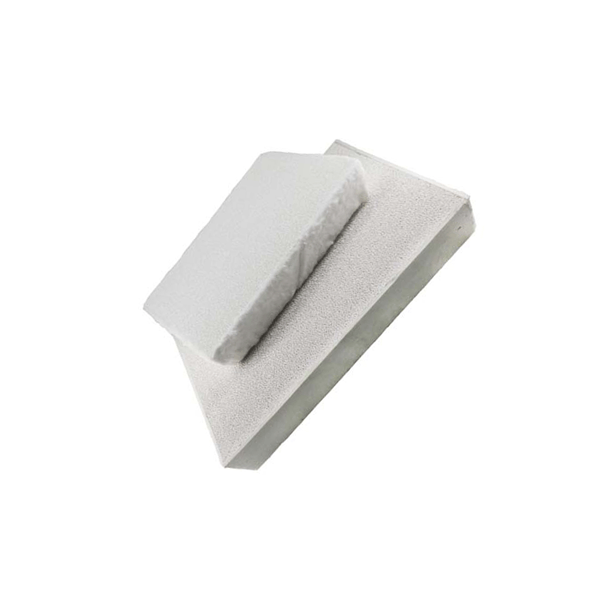
First, the ceramic filter plate is rotten during the casting process, and the ceramic debris directly enters the casting mold and is cast into an aluminum rod;
Second, after the casting was completed, the filter plate became rotten in the rush to take it out, leaving ceramic debris in the filter basin that was not cleaned, and was brought into the aluminum casting rod by the aluminum liquid during subsequent castings;
Third, improper recycling of used filter plates causes serious ceramic slag inclusions in aluminum cast rods.
Because the ceramic filter plates contain aluminum metal, some companies directly process them outside, some use small crucible furnaces to process and recycle the metal, and some companies simply return the filter plates directly to the smelting furnace to recycle the metal. Using a small crucible furnace to process the filter plate to recover metal, effectively slagging the aluminum liquid, and then pouring it into ingots and returning it to the smelting furnace will have less harm to the quality of the aluminum cast rods. However, returning the used filter plate directly to the smelting furnace will hurt the aluminum rod. Quality takes a considerable toll, and many businesses don’t realize it. This is because the ceramic filter plate with metal is put into the furnace and the small lump-shaped ceramic filter plate that is finally pulled out of the furnace is sold as ash. After the filter plate is broken in the furnace, a large amount of fine ceramic debris is produced. These hard and fine ceramic debris are suspended in the aluminum liquid and are difficult to completely remove through processes such as refining in the furnace and filtration of the ceramic filter plate before casting. Finally, the Formation of ceramic slag inclusions in aluminum cast rods.

